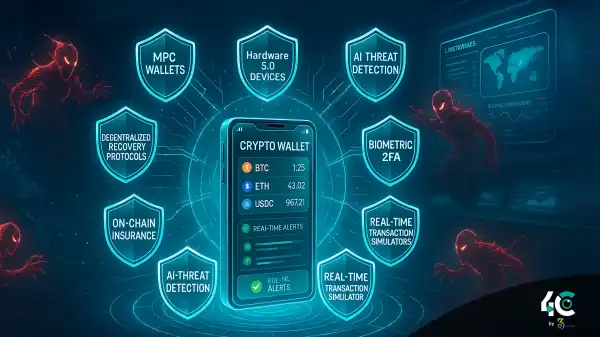Hong Kong Collaborates with Chainlink for CBDC Payments
In a landmark move for digital currency innovation, the Hong Kong Monetary Authority (HKMA) is working with Chainlink to test cross-border CBDC payments using its Cross-Chain Interoperability Protocol (CCIP). The goal: to enable seamless transactions involving e-HKD, Hong Kong’s digital currency.
Phase Two: Global Financial Players Join the Test
Phase Two of the e-HKD pilot includes key participants like:
These firms will help test buying and settling tokenized real-world assets across public and private blockchains, powered by Chainlink’s CCIP protocol.
How the CBDC Pilot Works
The trial simulates an Australian investor using a stablecoin (A$DC) on ANZ’s private DASChain to purchase a tokenized asset in Hong Kong. The asset is then delivered and settled in e-HKD on Ethereum‘s Sepolia testnet—demonstrating compatibility between public and private chains.
Chainlink’s CCIP ensures atomic settlement, reducing settlement risks by finalizing both sides of the transaction simultaneously. The CCIP facilitates secure cross-chain messaging and value transfer without bridges.
Token Standards: ERC-20 and ERC-3643
The test used two token standards:
- ERC-20 for e-HKD
- ERC-3643 for tokenized deposits, offering identity verification and KYC/AML compliance
These standards help ensure the security and compliance of digital assets in cross-border finance.
A Leap Toward Global Financial Innovation
Launched in September 2024, Phase Two includes 11 company groups exploring new use cases of e-HKD. Final outcomes are expected by late 2025.
According to Visa, using stablecoins and tokenization could significantly improve global liquidity and transaction transparency. Analysts predict that tokenized assets could reach $10 trillion, and stablecoins $3.7 trillion by 2030.
Chainlink Market Impact: LINK Jumps 7%
Following the CBDC pilot announcement, LINK surged over 7%, trading above $14. Analysts attribute this to Chainlink’s real-world utility in delivering instant cross-border settlements, unlike traditional finance, which can take 2–3 days.
- MACD and RSI indicators suggest continued bullish momentum.
- Futures data indicates increasing optimism and open interest in LINK positions.
The Bigger Picture: CBDC Momentum and Chainlink’s Role
Although global interest in CBDCs has dropped (from 38% in 2022 to 18% in 2025, per a recent survey), Hong Kong continues to lead. Other jurisdictions like Israel and the European Union are also developing their own digital currencies.
Chainlink’s involvement positions it as a key enabler for the future of programmable money and cross-border blockchain finance.



































